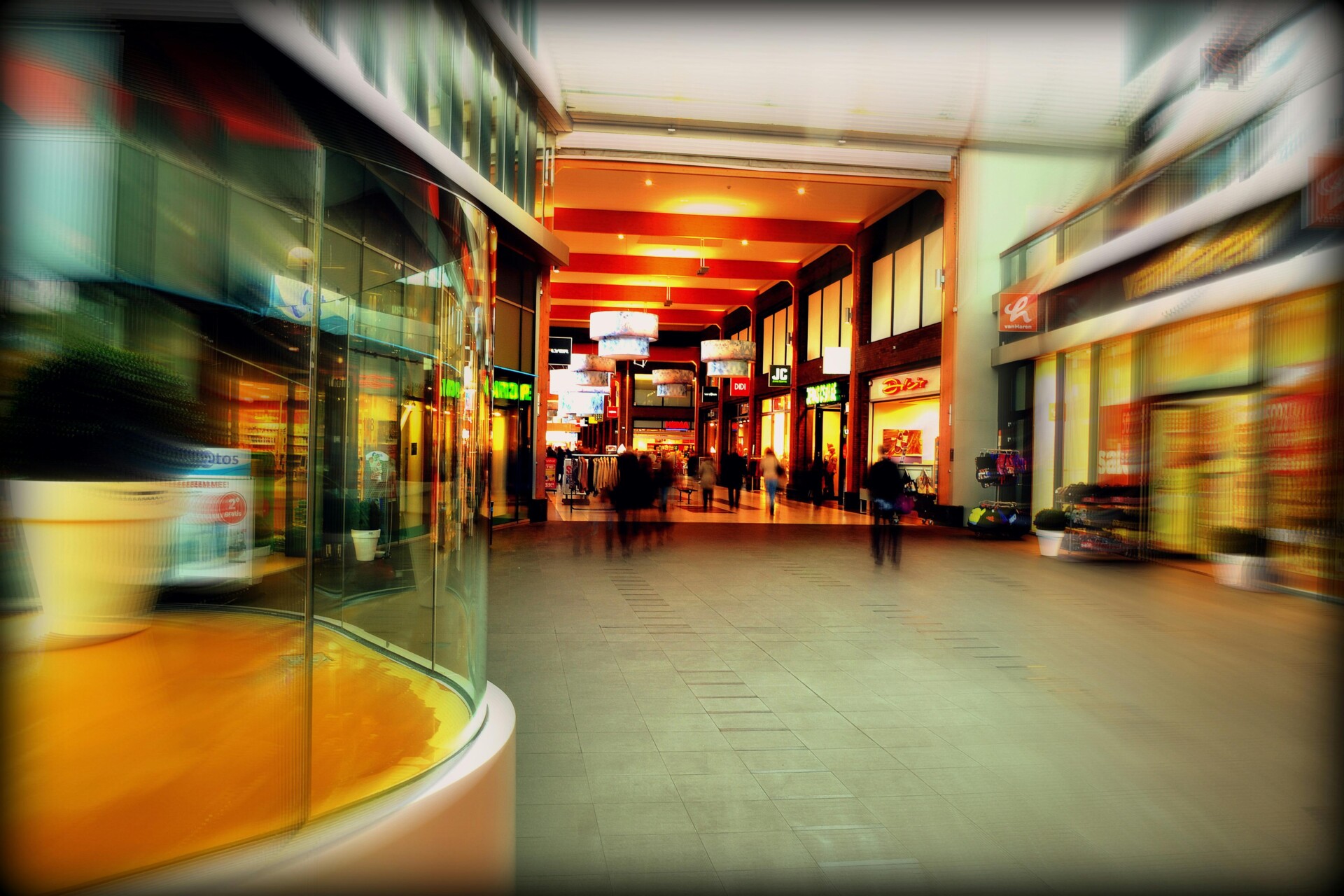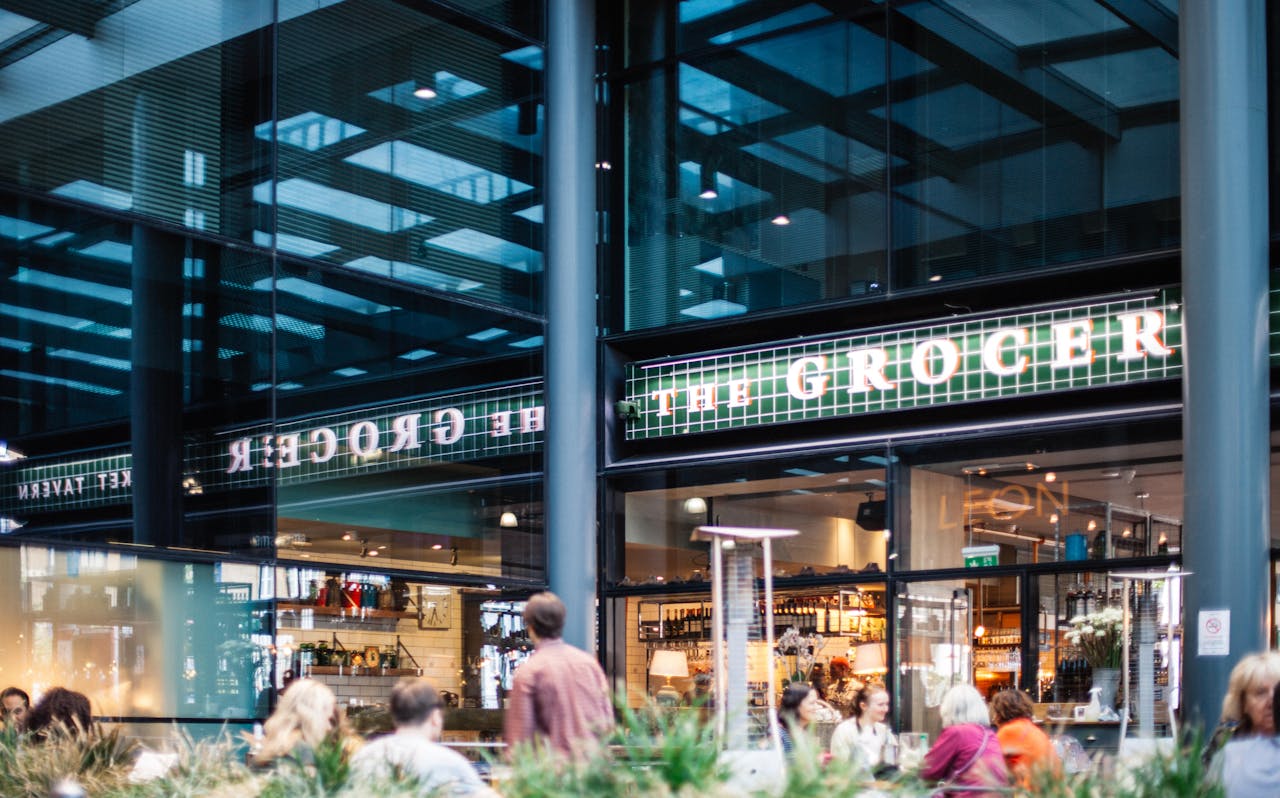Retail store construction cost per square foot represents the total investment required to transform an empty or existing commercial space into a functioning retail environment, calculated by dividing all build-out expenses by the total square footage. This comprehensive metric encompasses every aspect of creating a customer-ready store from initial planning through final occupancy.
The calculation includes design and architectural services, demolition work, interior construction, mechanical systems like HVAC, electrical installations, plumbing upgrades, finish materials, ceiling work, storefront elements, millwork, signage preparation, permits, inspections, and project management coordination. We coordinate these components daily across retail projects, recognizing that each element contributes to the final per-square-foot investment while varying significantly based on space conditions, location requirements, and finish specifications.
How Much Does A Retail Store Cost Per Square Foot By Location?
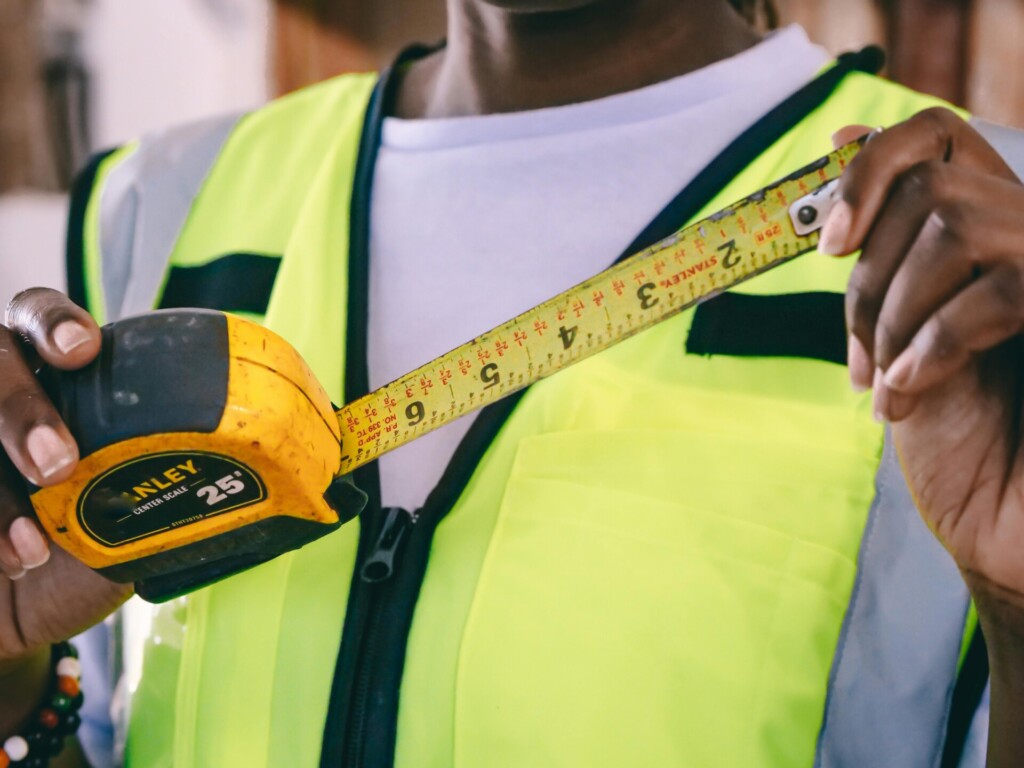
Texas markets offer competitive advantages for retail development compared to national averages. We consistently observe retail build-out costs ranging from $140 to $190 per square foot across the state, with projects typically averaging around $160 per square foot. These figures reflect significant regional cost advantages compared to high-demand metropolitan areas in other states.
Texas Market Ranges
Houston projects typically range from $140 to $180 per square foot, benefiting from the city’s established construction infrastructure and competitive contractor base. The coastal location requires additional considerations for wind-resistant construction in certain areas, but overall costs remain competitive due to efficient material distribution networks and skilled labor availability.
Dallas commands $150 to $185 per square foot, with premium shopping districts and high-demand areas pushing toward the upper end of this spectrum. The city’s robust retail market and central location within the Dallas-Fort Worth metroplex create strong construction capacity while maintaining reasonable cost structures for most retail developments.
Austin’s tech-driven economy supports build-out costs between $155 and $190 per square foot, particularly for spaces requiring advanced technology integration or sustainable building features. The city’s rapid growth has created some capacity constraints across construction trades, but established subcontractor relationships help manage these market pressures effectively.
San Antonio offers some of the state’s most competitive rates at $135 to $175 per square foot. The city’s lower cost of living, competitive labor market, and reduced regulatory complexity contribute to its position as Texas’s most cost-effective major metropolitan area for retail development.
Fort Worth mirrors Houston’s range at $140 to $180 per square foot. The city’s blend of historic districts and modern development creates diverse project opportunities while maintaining competitive pricing through its established construction industry base.
National Context And Benchmarks
National retail store models average approximately $214.35 per square foot, highlighting Texas’s significant cost advantages for retail development. This national average represents a composite view across all major metropolitan markets, though individual cities show dramatic variations based on local market conditions, labor rates, and regulatory requirements.
Lower-cost major markets include New Orleans at approximately $175.69 per square foot and Miami at $178.52 per square foot. These markets offer competitive alternatives to Texas pricing while providing access to major metropolitan customer bases and established retail infrastructure.
Mid-range examples include Phoenix at $186.88 per square foot and Washington, D.C. at $202.56 per square foot. These markets demonstrate the pricing range between affordable and premium metropolitan areas, often driven by local economic conditions and construction industry capacity.
Higher-cost markets create substantial budget implications for retail developers. Seattle reaches $233.28 per square foot, while Las Vegas commands $232.14 per square foot. Premium markets like Boston at $252.54 per square foot, Los Angeles at $255.75 per square foot, Chicago at $274.51 per square foot, and New York at $294.43 per square foot represent nearly double Texas costs.
State And City Variability
Retail store construction costs demonstrate wide variability across different geographic markets. State-level ranges span roughly $190 to $473 per square foot, reflecting dramatic differences in labor markets, material costs, permit requirements, and local building codes.
City-specific figures show even greater variation, with lower markets starting around $198 per square foot while top-tier metropolitan areas reach $545 per square foot. These extremes highlight how location selection directly impacts project feasibility and return on investment calculations.
We recommend using these benchmarks as planning tools during initial feasibility studies and market comparison analysis. However, actual project costs require detailed local contractor proposals and site-specific evaluation to account for unique conditions, scope requirements, and current market dynamics that influence final build-out pricing.
Which Factors Drive Per-Square-Foot Costs The Most?
Five key factors create the largest cost variations we encounter in retail build-outs. Understanding these drivers allows property owners and developers to make informed budget decisions before construction begins.
MEP Scope Dominates Budget Impact
Mechanical, electrical, and plumbing systems represent the single largest cost swing factor across retail projects. Mechanical systems alone average approximately $27.99 per square foot, with complete MEP work consuming roughly 19% of total budgets. Older buildings requiring full system replacements face significantly higher costs than newer spaces needing minor modifications.
HVAC systems demand the most attention in retail environments where customer comfort directly impacts business success. We coordinate electrical upgrades to support point-of-sale infrastructure, security systems, and specialized lighting while ensuring adequate capacity for future expansion. Plumbing requirements vary dramatically based on retail type, with food service locations requiring grease interceptors and commercial-grade fixtures that substantially increase costs.
Location And Lease Type Set Foundation Costs
Prime retail districts and high-end shopping centers command premium construction pricing due to stricter building codes, higher labor rates, and enhanced material requirements. These locations often require upgraded finishes and specialized installation techniques that increase per-square-foot costs.
White box spaces arrive with basic finishes, ceiling systems, and essential utilities already installed, requiring minimal tenant improvements. Shell conditions start with concrete floors and bare walls, demanding complete build-out including flooring, lighting, partition walls, and all mechanical systems. The difference between these lease types can represent $50 to $80 per square foot in additional construction costs.
Size And Design Complexity Create Variable Impacts
Larger retail spaces benefit from economies of scale in material procurement and labor efficiency, often reducing per-square-foot costs. However, design complexity can eliminate these savings through specialized requirements. High-end millwork demands skilled craftspeople and premium materials that increase both labor and material expenses.
Custom lighting systems require advanced electrical work, control integration, and precise installation that standard fixtures do not demand. Luxury flooring materials like natural stone or hardwood need specialized subfloor preparation, careful handling, and expert installation techniques. These premium finishes can add $20 to $40 per square foot above standard commercial-grade alternatives.
Regulatory And Market Pressures Add Time And Cost
Building permits, inspections, and code compliance create both direct costs and schedule impacts that affect overall budgets. Fire safety requirements may mandate sprinkler system modifications, emergency lighting upgrades, and specialized egress planning. ADA compliance necessitates accessible entrances, restroom facilities, and circulation paths that influence layout and construction approaches.
Labor availability and material supply chain conditions vary by region and season, creating unpredictable cost pressures. Skilled tradespeople command premium wages in competitive markets while material shortages drive pricing spikes for essential components. Supply chain disruptions can force expedited shipping costs and schedule delays that compound budget impacts.
Technology Integration And Change Management
Point-of-sale systems require dedicated electrical circuits, network infrastructure, and strategic placement that affects multiple building systems. Specialty lighting controls demand advanced wiring, programming, and integration with security and access systems. These technology requirements create coordination challenges between trades and increase overall project complexity.
Mid-project design changes represent the most expensive cost driver we manage, typically increasing project costs 15-25% above original scope. Layout modifications require demolition of completed work, material waste, and schedule extensions that affect all subsequent trades. Change orders during construction create the most significant budget overruns through rework, permit amendments, and coordination delays.
What Does A Typical Retail Build-Out Cost Breakdown Look Like?
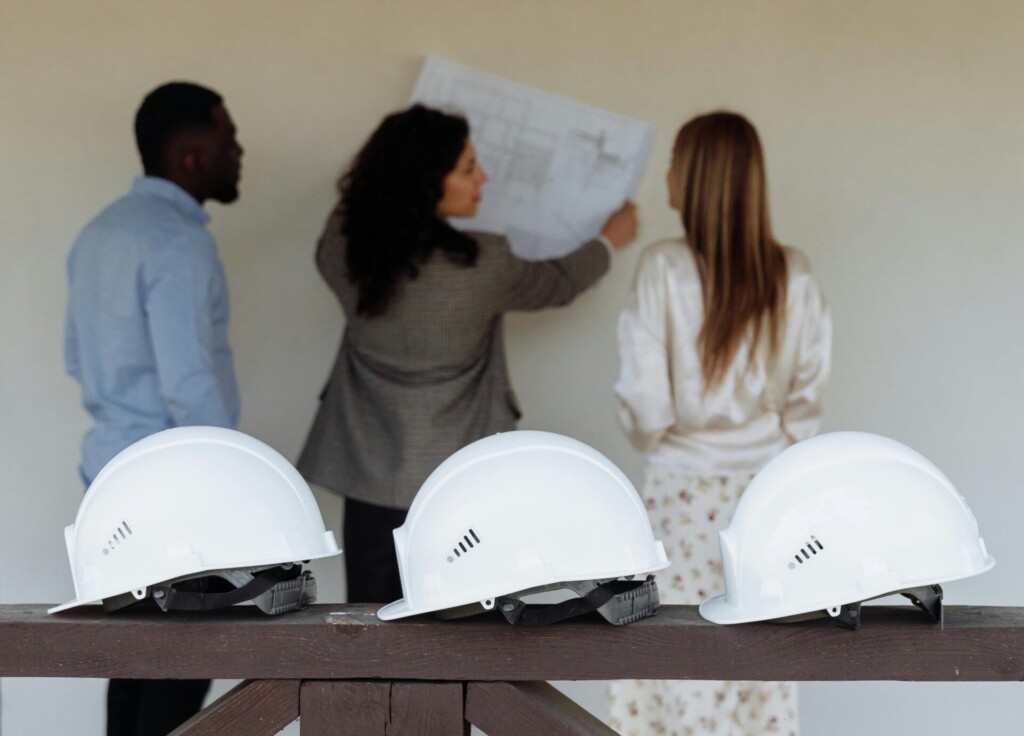
Understanding where your retail build-out dollars flow helps you prioritize spending and identify potential savings. We analyze cost data from hundreds of projects to show the financial realities behind each trade category and system component.
Three categories dominate more than half of every retail construction budget. Mechanical systems consume approximately 19% of total project costs, averaging $27.99 per square foot across our projects. This category includes HVAC installation, electrical systems, and plumbing infrastructure that keeps stores operational. Carpentry, doors, storefronts, and windows command roughly 17% of budgets at $21.58 per square foot, covering everything from interior framing to custom millwork. General conditions round out the top three at 16% of total costs, averaging $23.16 per square foot for project management, safety protocols, and site coordination.
The remaining budget distributes across eight supporting categories that complete the retail environment. Electrical work averages $17.64 per square foot, covering power distribution, lighting circuits, and technology infrastructure beyond basic mechanical systems. Project overhead and profit typically runs $14.44 per square foot, reflecting contractor management costs and business operations.
Finishes represent a significant investment at $12.63 per square foot, encompassing flooring materials, wall treatments, and interior surfaces that define the customer experience. Ceiling installations cost approximately $9.66 per square foot, including drop ceiling systems and integrated lighting solutions that create the store atmosphere.
Specialties average $5.28 per square foot, covering items like signage preparation, built-in fixtures, and unique architectural elements that distinguish the retail space. Existing conditions work runs $5.15 per square foot, addressing demolition, space preparation, and modifications required before new construction begins.
General requirements cost approximately $3.23 per square foot, covering permits, regulatory compliance documentation, and inspection fees. Concrete work averages $2.57 per square foot, though this category varies significantly since most retail fit-outs involve minimal structural concrete beyond foundation repairs or small additions.
These cost breakdowns serve as planning benchmarks rather than precise quotes. We coordinate projects where actual costs vary based on specific design requirements, local labor rates, and material selections that exceed standard specifications.
How Can Owners Budget And Control Per-Square-Foot Costs?
Control starts with focusing on operational essentials that directly impact store function. We prioritize lighting systems that create proper ambiance and visibility, durable flooring in high-traffic customer areas, power and data infrastructure for point-of-sale systems, adequate HVAC capacity for customer comfort, and basic security systems. These core elements drive revenue generation and customer experience while forming the foundation for effective cost management.
Successful budget control requires systematic procurement across all major components. We secure at least three detailed quotes with identical scope definitions, specifications, and schedule requirements. This comparative approach reveals true market pricing and identifies contractors who understand the project requirements. Side-by-side bid evaluation helps owners make informed decisions based on value rather than just lowest price.
Establish Realistic Financial Reserves
Contingency planning protects against cost overruns during construction. We recommend 10-20% contingency during conceptual design phases when unknowns remain high. Projects with completed construction documents typically require 10-15% reserves. These percentages reflect the reality that retail build-outs encounter field conditions and coordination challenges that impact both schedule and budget.
Reserve allocation should align with project risk factors. Shell condition spaces require higher contingencies than white box deliveries due to unknown existing conditions. Complex millwork or custom lighting systems also warrant additional reserves because coordination requirements increase throughout installation.
Implement Strategic Phased Construction
Phased openings enable revenue generation while managing cash flow and construction risk. We recommend opening with core customer-facing systems and retail zones first, then adding back-of-house improvements and premium finishes in subsequent phases. This approach allows owners to generate income during construction while spreading capital investment over time.
Phase sequencing requires careful utility coordination and temporary connections. Early phases must include adequate HVAC capacity, electrical service, and fire safety systems for partial occupancy. We coordinate phasing with local authorities to ensure code compliance throughout each construction stage.
Lock Design Parameters Early
Design changes during construction trigger significant cost and schedule impacts. We minimize midstream modifications that require rework, new permit applications, and trade coordination adjustments. Early design lock prevents the 15-25% cost increases that typically result from mid-project scope changes.
Material selections drive long-term value when balanced against replacement cycles. We invest in durable flooring systems, efficient lighting controls, and quality HVAC equipment that provide extended service life. Standard-grade finishes work well in areas where updates occur frequently or customer interaction remains minimal.
Coordinate Systems Integration
MEP and technology coordination prevents costly field conflicts that delay completion and increase labor costs. We plan routing for electrical conduits, HVAC ductwork, and data cables before construction begins. Capacity planning ensures adequate electrical service for current needs plus reasonable future expansion without major system upgrades.
Utility coordination includes temporary power during construction, permanent service sizing, and backup systems for critical operations. Technology infrastructure requires careful planning for POS systems, security equipment, and communications networks that integrate with building systems.
Manage Regulatory And Market Pressures
Permit planning builds review and inspection durations into project schedules along with associated fees. We research local requirements and expedited review options that can reduce approval timelines. Building department relationships help navigate complex approval processes and identify potential issues before they delay construction.
Market risk management includes monitoring labor availability and material pricing throughout the project timeline. We recommend locking pricing early on major components like HVAC equipment, electrical panels, and specialty millwork where lead times extend beyond normal procurement cycles. This strategy protects against inflation and supply chain disruptions that commonly impact retail construction projects.
Conclusion And Next Steps
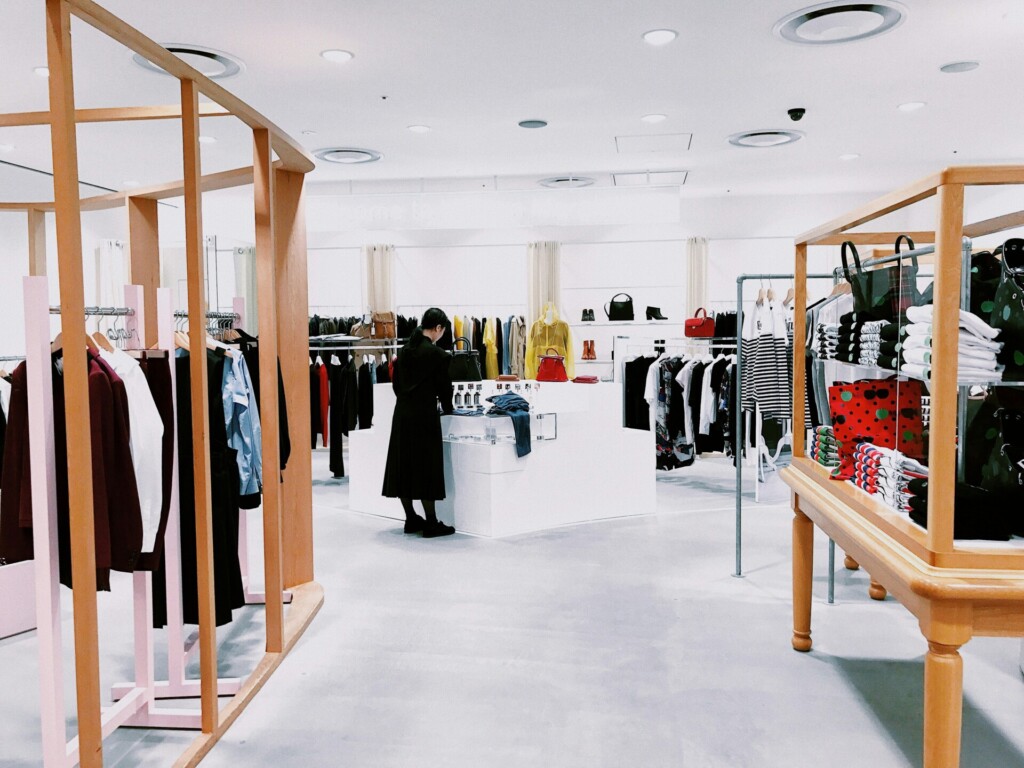
The data reveals a clear pattern across retail construction markets. Texas retail build-outs typically range from $140 to $190 per square foot, with projects averaging around $160 per square foot. National benchmarks cluster near $214 per square foot, though city-specific costs vary dramatically from budget-friendly markets around $175 per square foot to premium metros exceeding $290 per square foot.
Mechanical systems, carpentry work, and general conditions consistently consume over half of most retail construction budgets. We see mechanical installations alone averaging $27.99 per square foot, making MEP coordination the single most critical cost management factor. Successful project delivery requires early alignment between layout design and building systems to prevent costly field modifications and change orders that can inflate budgets by 15 to 25 percent.
Moving forward, establish your program requirements and finish standards before engaging contractors. Schedule permit applications early to accommodate review timelines that vary significantly by jurisdiction. Maintain a 10 to 20 percent contingency fund to handle unforeseen conditions and material price fluctuations. Most importantly, obtain at least three detailed, comparable bids with identical scope specifications to validate your per-square-foot budget assumptions and identify the most qualified construction team for your project. Contact EB3 Construction to discuss your retail build-out requirements and timeline.


